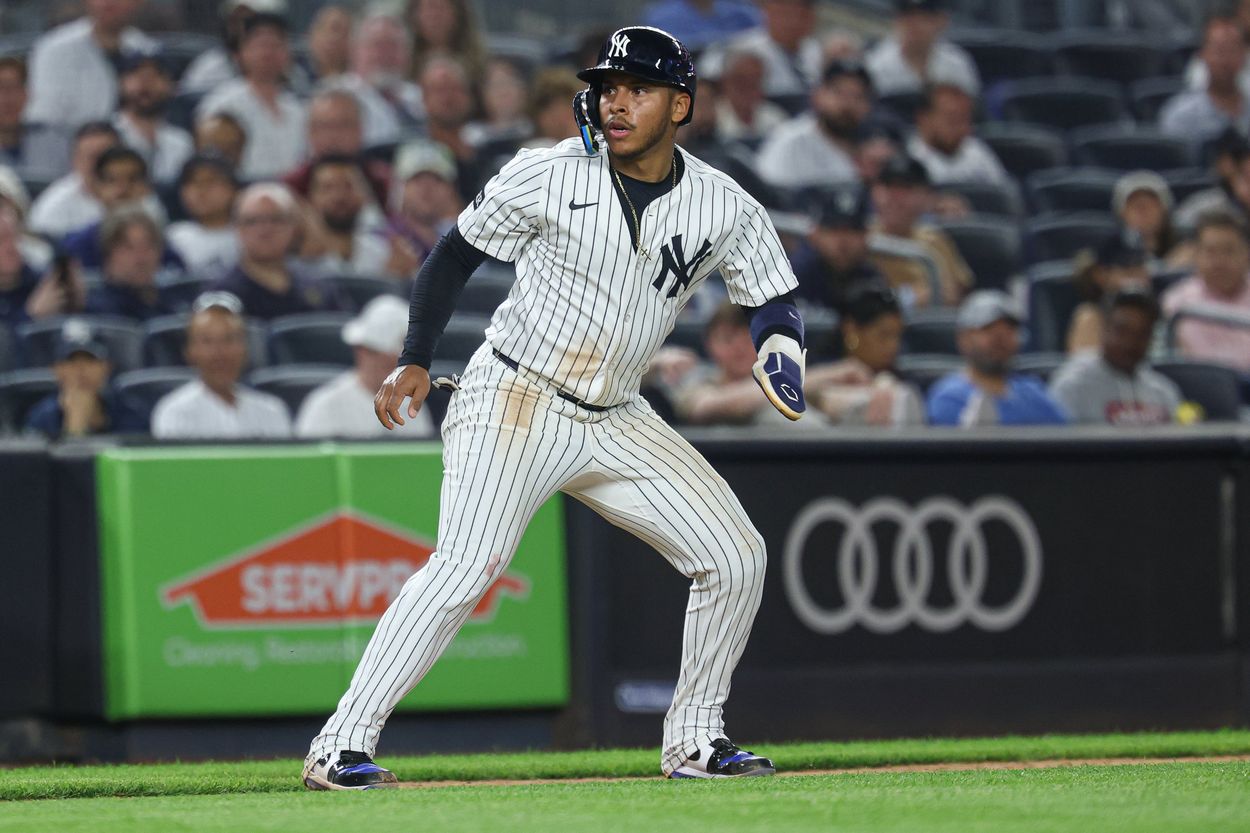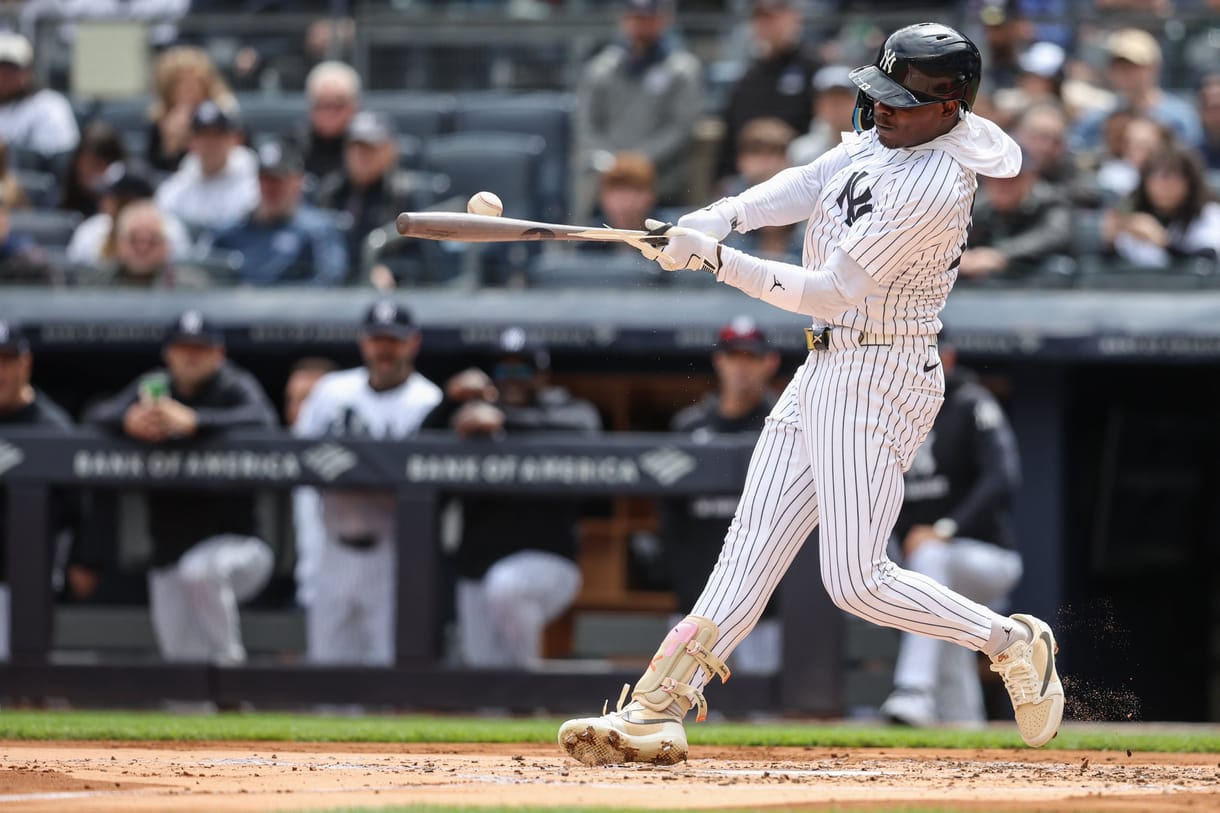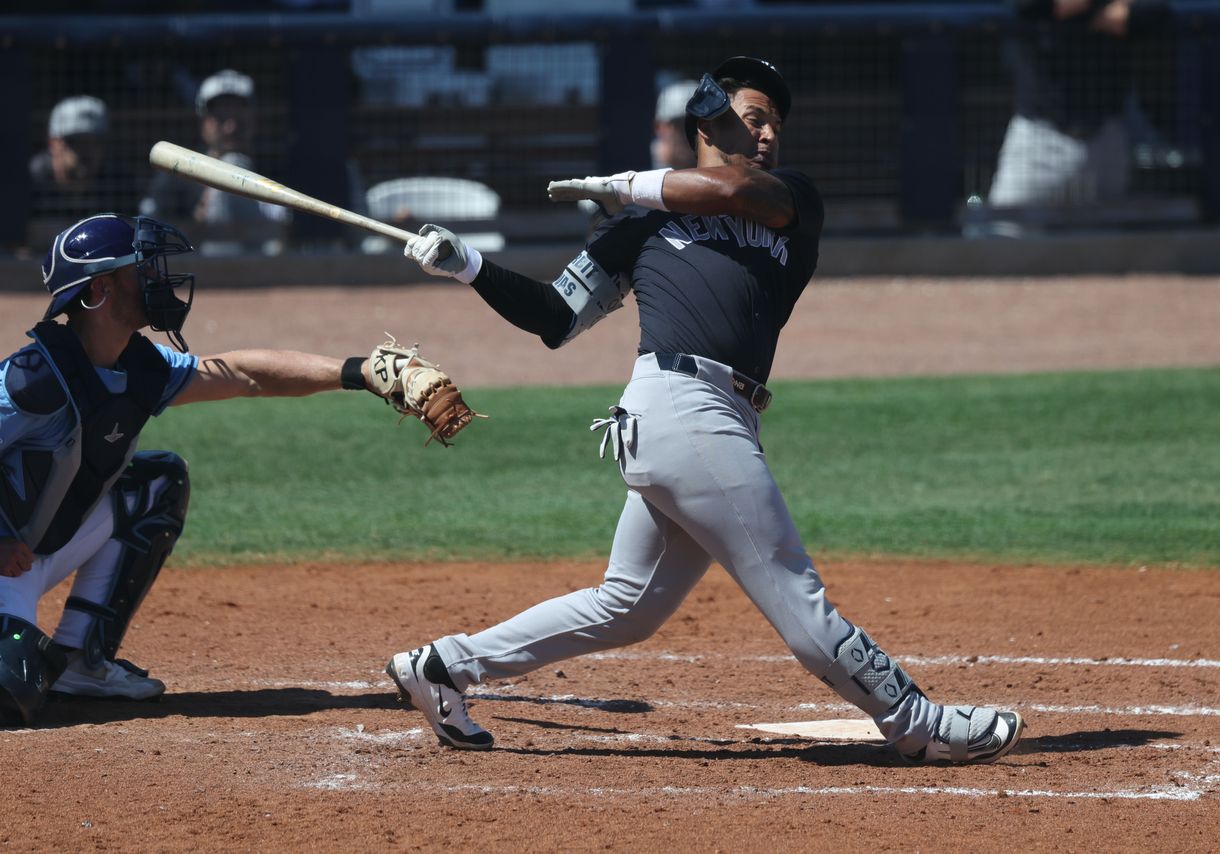
Just when the Yankees were surviving with makeshift infield solutions, the ground shifted under them again on Friday afternoon.
Jazz Chisholm, who had downplayed the injury, was officially diagnosed with a high-grade right oblique strain.
What was once thought to be day-to-day now becomes a four-to-six week absence, potentially sidelining him through late June.
For a team already patching holes on the fly, this was not the kind of surprise they wanted to navigate.
Manager Aaron Boone confirmed the injury timeline before Friday’s game, dampening the mood around a club fighting for momentum.
Chisholm wasn’t setting the world on fire offensively, but his energy and glove have been game-changing at second base.

A bat that wasn’t hot but still mattered
Through 33 games, Chisholm was hitting just .181/.304/.410—but the stat line only tells part of the story.
He launched seven home runs and drove in 17 runs while stealing six bases, maintaining a 107 wRC+ overall.
While his 31.2% strikeout rate left plenty to be desired, he was walking at a career-high 12% clip.
That combination of raw power, baserunning, and plate discipline kept him in the lineup despite the cold batting average.
Now, the Yankees lose a defensive anchor and a player who still brought impact despite offensive struggles.
The Pablo Reyes experiment didn’t last long
In response to Chisholm’s injury, the Yankees turned to 31-year-old utility man Pablo Reyes—for one forgettable game.
That short stint at second base sent a clear message: the Yankees needed a younger, more promising alternative fast.
They quickly called up 24-year-old prospect Jorbit Vivas from Triple-A Scranton/Wilkes-Barre, hoping for a more dynamic solution.
Vivas had played 26 games in Triple-A this season, slashing .319/.426/.436 with two homers and 15 RBIs.
He also added six stolen bases and posted an excellent 6.9% strikeout rate with a 12.9% walk rate.
Those numbers scream discipline and contact—the kind of offensive approach that could be valuable at the bottom of the order.

First impressions are everything
In his MLB debut on Friday night, Vivas didn’t collect a hit—but he reached base twice and scored a run.
He worked two walks and struck out once, eventually crossing home plate after Paul Goldschmidt’s three-run homer.
That kind of at-bat quality won’t jump off the stat sheet, but it matters for a team piecing together wins.
If Vivas can continue showing a mature approach at the plate, the Yankees might have something worth developing.
He’s not expected to be Jazz Chisholm, but the bar is more about contribution than comparison at this stage.
The defensive outlook and long-term fit
Defensively, Vivas is considered solid enough to hold his own at second base during this stretch without Chisholm.
He isn’t flashy, but he’s capable—and that’s all the Yankees are asking for while the lineup stays in flux.
As the roster shifts around him, this stretch becomes an audition—not just for now, but for a potential role long-term.
Should Vivas keep getting on base and playing clean defense, the Yankees may not rush any future decisions.
With DJ LeMahieu still rehabbing and Oswald Peraza struggling, there’s room for a spark—and Vivas might just be it.
Popular Reading
The Yankees took a chance—and now their free agent prayer is rewriting expectations in the Bronx
!function(){var g=window;g.googletag=g.googletag||{},g.googletag.cmd=g.googletag.cmd||[],g.googletag.cmd.push(function(){g.googletag.pubads().setTargeting(“has-featured-video”,”true”)})}();var _bp=_bp||[];_bp.push({“div”:”Brid_2112505″,”obj”:{“id”:”30505″,”width”:”1280″,”height”:”720″,”stickyDirection”:”below”,”video”:”2112505″,”poster”:”https://empiresportsmedia.com/wp-content/plugins/tpd-addons/blocks/featured-video/src/img/1×1-white.png”}});https://player.target-video.com/player/build/targetvideo.min.js